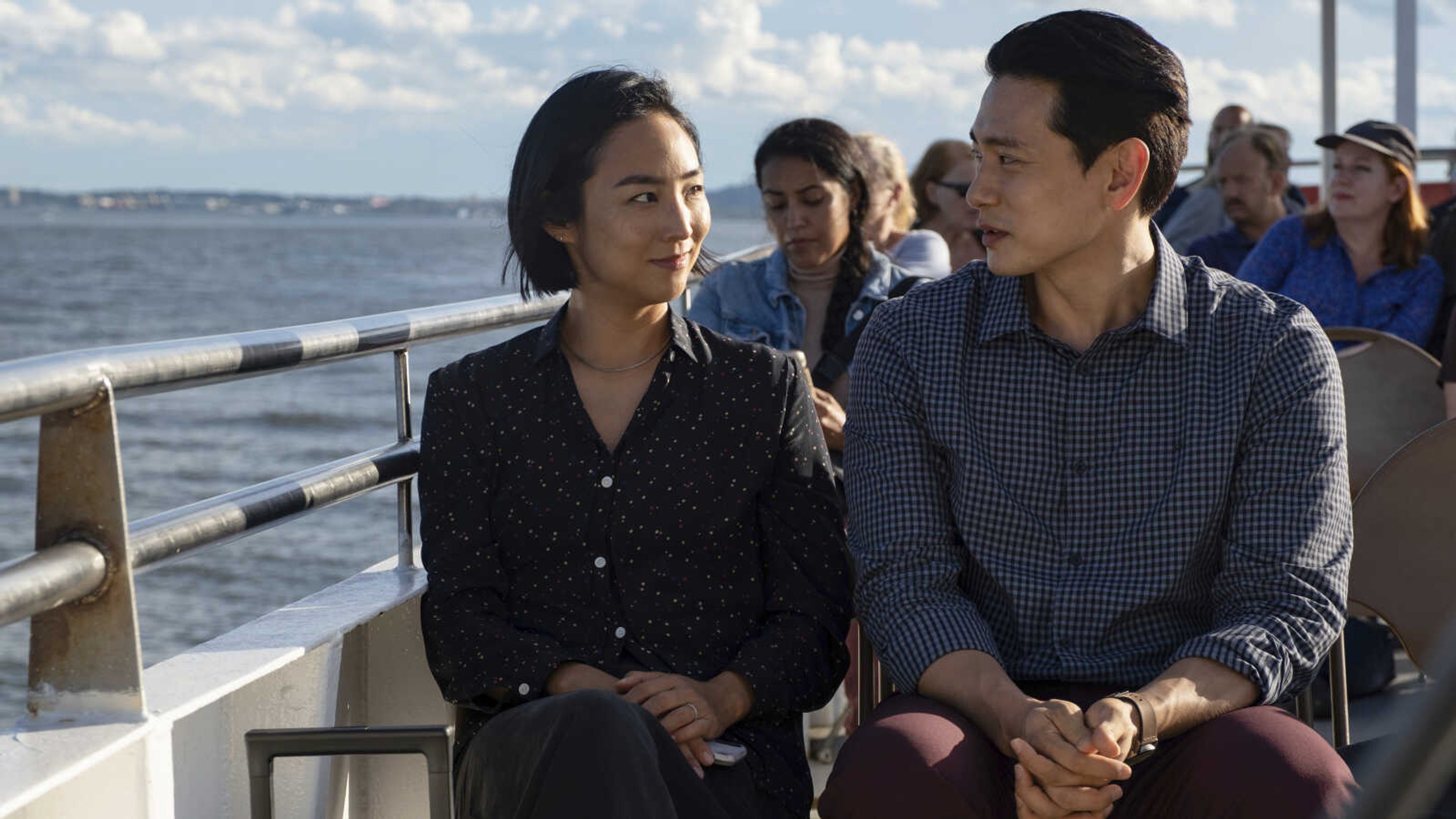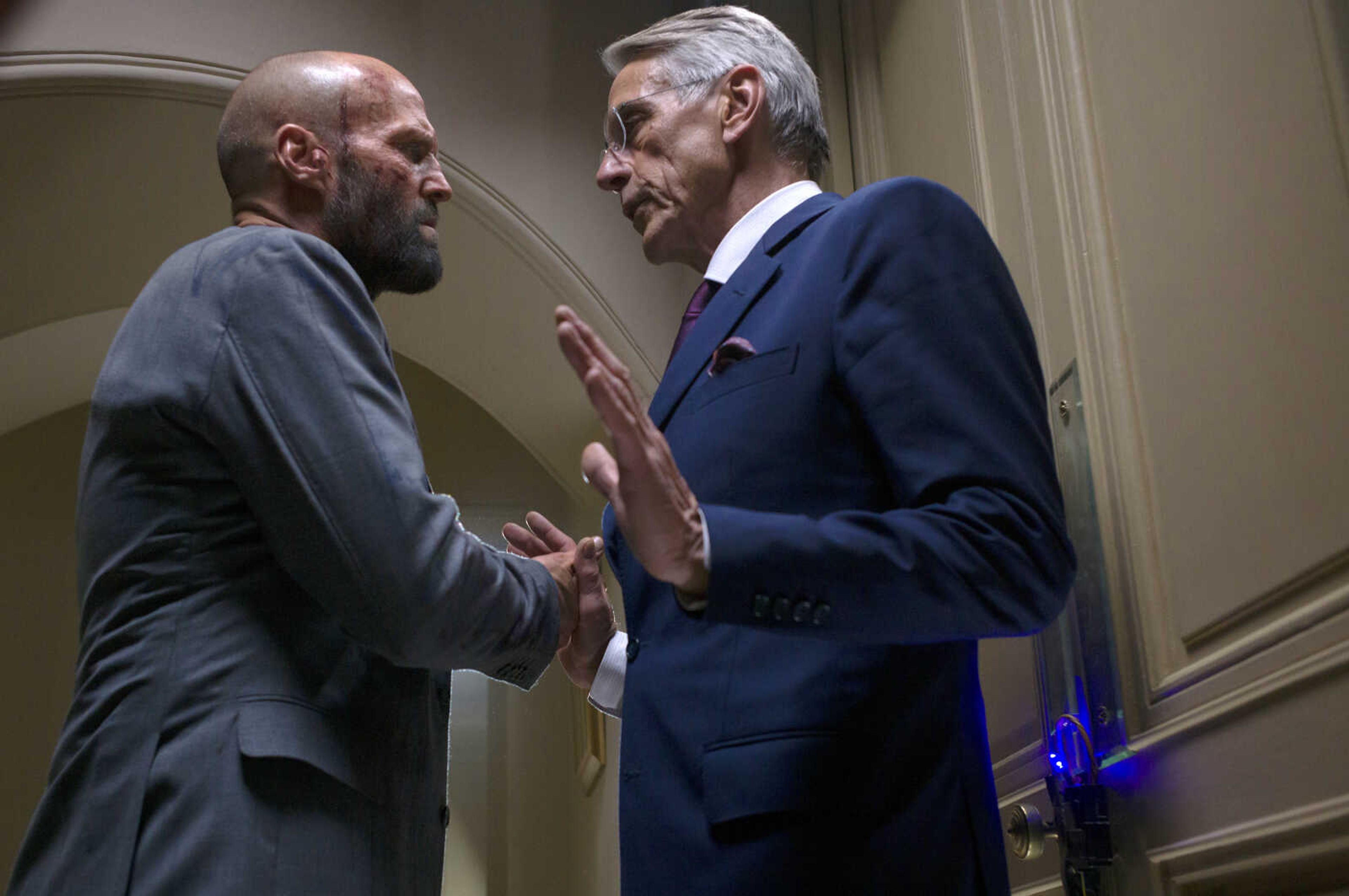Reel News
The Enduring Legend of Butch and Sundance: by Bill Zellmer The only thing more enduring about Butch Cassidy and the Sundance Kid than the Paul Newman-Robert Redford movie, which seems to resurface monthly on television, is the legend itself, which historians continue to try and sort out...
The Enduring Legend of Butch and Sundance: by Bill Zellmer
The only thing more enduring about Butch Cassidy and the Sundance Kid than the Paul Newman-Robert Redford movie, which seems to resurface monthly on television, is the legend itself, which historians continue to try and sort out.
According to lore and the 1969 film, the western outlaws died in a blazing shootout with Bolivian soldiers in about 1909. But did they? The evidence suggests otherwise.
Butch and Sundance indeed had the dubious distinction of becoming minor legends in several western states, at least to law enforcement personnel, banks and railroads, while still young men. Cassidy's reputation was such that a Utah sheriff once tied a prisoner named Matt Warner to a horse and rode him 60 miles at night to another lockup because he feared the Wild Bunch was planning to raid his jail.
Historians say several American desperadoes were operating in Bolivia and some other South American countries in the early 1900's, when the West was closing in on the horseback outlaw. Two of them were killed in a manner similar to that depicted in the movie that solidified Newman's career and gave Redford a leg up on his. The Pinkerton Detective Agency, the nearest thing we had to a national police agency then, rushed to the scene, looked at pictures the Bolivians had taken, and announced, yes, Butch and Sundance are at long last out of our hair.
Case closed. The outlaws had been as big an embarrassment to the Pinkertons as had Jesse and Frank James two decades earlier, and the detectives were all too happy to clear the books.
In fact, the ruse may have been concocted by Butch and Sundance and a tin mine superintendent named Percy Seibert, portrayed in the film by Strother Martin. In the 1930's Seibert told a magazine writer the two had worked for him as payroll guards. He said he knew their true identities but didn't care; they were his best guards (and not the knuckleheads the film suggested), and on Sunday afternoons would entertain the miners with marksmanship displays (both were deadly).
But the outlaws had been recognized. By 1909, the Pinkertons were in Bolivia searching for them. The past was catching up, and the deaths of their fellow outlaws - who may have been part of the old Wild Bunch - gave Butch and Sundance an opportunity to flee to Mexico. Eventually they drifted back into the States, though no longer as partners.
Butch had a kid sister, Lula Parker Betenson, who was 86 when the film was made. Soon afterward she published a book, "My Brother, Butch Cassidy," which said Butch did indeed survive Bolivia. Still fearing prosecution and prison, he maintained an enormously low profile for the rest of his life, according to Lula. He quietly visited his family in 1925, and then disappeared again, though Lula continued to hear about him. One story, repeated several times, was that Butch had made some effort to recover buried loot. Her book includes a long letter from Butch detailing his adventures in cattle ranching in the vast wilds of Argentina as well as correspondence from a host of friends and strangers who reported meeting Butch from about 1912 until an acquaintance reported that Butch had died somewhere in Oregon in 1939, at age 73.
The book caused several western historians and journalists to reexamine the fate of Butch and Sundance. The result was two biographies that also challenged the conventional wisdom, In Search of Butch Cassidy by Larry Pointer, and "The Rise and Fall of the Sundance Kid" by Edward Kirby.
Pointer's account says Butch settled in Washington state as Bill Phillips, an alias he had used previously, married, became a successful businessman and inventor (an early adding machine), made some money but lost it during the Great Depression in the 1930's. The book says Butch, or Phillips, turned to the bottle and died at about 71. Phillips' adoptive son told the author his father confessed in his last years that he had been the outlaw Butch Cassidy, born to a Mormon ranching family in Utah. (He took the name Cassidy from a cowhand/rustler who had worked at the ranch.)
Photographs suggest a slight resemblance to the young Cassidy. Pointer said Phillips might have tried plastic surgery. Phillips definitely had an interest in Butch, even writing a manuscript called "The Bandit Invincible," purportedly an account of Cassidy's life, but he wrote it in the third person and it was never published.
The loot Cassidy sought may have been from the Wyoming train holdup where he used too much dynamite to blast open an express safe. The explosion scattered from $30,000 to $55,000 across the hillside but the gang had time to pick up it. A Super Posse led by the notorious Joe LeFores, the man in the straw skimmer, did exist, though it didn't arrive as fast as the film suggests. But this was 1899 and we had the telegraph and telephone even in the West, and the law was on the outlaws' heels.
Previously Cassidy's hideouts at Robber's Roost in Utah and the Hole in the Wall in Wyoming had been off limits to posses. Now, encouraged by hefty rewards and public demand, they swarmed in. Cassidy fled so fast he may have had to bury some of his share. (Hole in the Wall is near the towns of Lander, Arapahoe, Fort Washakie and Shoshoni. Robbers Roost is east and south of Hanksville near such colorful sites as Dark Canyon Wilderness Area, Dead Horse Point, The Maze and Needles Overlook.)
Sundance's biographer says Sundance rode as a mercenary in the Mexican Revolution, then, as Hiram BeBee, an alias he had used earlier, joined a brother in San Francisco but soon turned again to crime. He served all or part of a 10-year sentence for larceny in California, then settled, in his 60's, in Utah where some claimed he became a whiskey bootlegger. For certain BeBee entertained with locals with feats of marksmanship into his 70's.
But Kirby says Sundance became increasingly antisocial. (Even Butch complained that Sundance was crotchety and drank too much.) In 1945, BeBee got into a fight with an off-duty marshal in a Provo, Utah, saloon. The marshal threw the old man out. Big mistake. BeBee retrieved a sixgun from his pickup truck and shot the marshal to death. He was tried, convicted and sentenced to death but the governor commuted the sentence to life, and Hiram, or Sundance, died in prison about a decade later.
Actually I liked the movie ending better.
Footnotes: Joe LeFores was sometimes a U.S. deputy marshal, more often a railroad detective (Alan Ladd portrayed LeFores in the 1950's film "Whispering Smith").
Etta Place may have been a school teacher turned prostitute. In photographs with Sundance, she bears a remarkable resemblance to Katharine Ross, who starred as Etta in the movie. Some historians say she was simply a bored housewife infatuated with Sundance.
But of Etta, of whom Cassidy once said, "She was a good whore but a lousy cook," we hear nothing more.
Did Butch find any buried loot? A Utah rancher turned historian, Pearl Baker, concluded that he did. Baker grew up in the Robbers Roost area of southern Utah with the local legends and myths. She wrote a book called "The Wild Bunch at Robbers Roost" in which she recounted an anecdote told by a local rancher named Andy Moore. Moore was running a herd in the Roost region in 1930 when a horseman leading a pack mule appeared one evening at his cabin.
The stranger, friendly enough but wary and wearing a shoulder holster, spent the night and moved on the next morning. Later Moore backtracked him and discovered he had ridden to a desert spring, then hiked a quarter of a mile to a hard-to-reach cave (in which Baker said she had played as a child). In the cave Moore found a hole in the sand floor about three feet deep and indications that the stranger had removed something heavy and loaded it onto the mule. The stranger then followed an old, virtually unknown trail across the desert to a town called Green River, and departed by train.
Cassidy and an outlaw named Elzy Lay had looted a coal mining company payroll in this region in 1897. The bandits escaped by cutting telegraph and telephone lines and using a relay of horses, but were pressed hard by several posses. The coal company paid employees in gold and silver coin, a common practice in those days, and the desperadoes could have decided the weight was slowing their flight.
Connect with the Southeast Missourian Newsroom:
For corrections to this story or other insights for the editor, click here. To submit a letter to the editor, click here. To learn about the Southeast Missourian’s AI Policy, click here.








